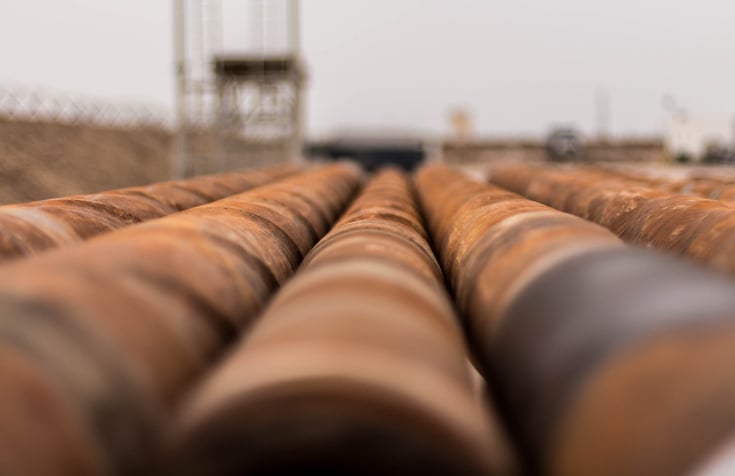
If you’re working on an engineering project, the dread of pipe corrosion probably keeps you up at night. And we’re right there with you. The global cost of corrosion has been estimated at $2.5 trillion.
Beyond the astronomical cost, corrosion can stop production, cause injuries, and put a worker’s life in danger. On top of all that, it’s sneaky and hard to spot with the naked eye.
Still, corrosion doesn’t have to be scary. Rest easy, You can fight back against this pesky metal punisher, keep pipes whole, and save some money in the process.
We’ve nailed down exactly what pipe corrosion is and how to stop it.
What Is Pipe Corrosion?
Besides being the bane of many a pipe installer’s existence, pipe corrosion is simply when piping material breaks down because of its environment.
You’ve probably run into rusty sections of pipes or other metal pieces. These spots usually look eaten away or worn down. That’s a sign of structural or pipe corrosion.
What does it mean for pipes or beams? Too often, it creates unsturdy pieces of metal that could give way without warning.
What Causes Corrosion?
The most simple cause of corrosion is contact. That can be when metal comes in contact with all kinds of things, including water, oxygen, grime, or other metal. Any of these elements can set off the problem, but each kick-starts corrosion for different reasons.
Corrosion is a chemical reaction that plagues metals. The problem starts when a piece of metal loses electrons and is weakened. Those electrons are encouraged to leave when the metal is in contact with an electrolyte, like water, and electron-greedy materials.
Suddenly, the metal is vulnerable to other destructive chemical reactions. The result can be things such as rust, cracks, and holes.
Unfortunately, there’s more bad news for pipes. Pipe corrosion is also self-perpetuating, which means corrosion gets worse once it starts. However, there are ways to keep corrosion from creeping into piping or non-piping surfaces.
Here are five ways to fight off corrosion:
1. For Pipes, Watch Your Water
Water is a major corrosion causer. Especially in copper piping, too low of a pH level can hurt the pipe’s lining. The EPA recommends you make sure your water’s pH hovers between 6.5 and 8.5.
You’ll also want to monitor the oxygen levels in your water. Oxygen leads to rust, and it can cause buildups and blockages.
Another good idea is to keep water temperatures low when possible. Hotter water tends to be more corrosive.
2. Keep Pipes Clean
Microbiologically induced corrosion (MIC) happens when metals are exposed to corrosive bacteria. It’s smart to clean pipes to prevent MIC, especially when pipes are in contact with sulfides regularly.
You can use inhibitors or biocides to keep fluids clean. Another option is to consider chemical treatment for water or other liquids.
3. Add Protection to All Metals
Protective linings or special coatings can prevent corrosion in pipes as well as other surfaces. That includes things such as beams, joints, and bolts.
For instance, galvanization works by adding a layer of zinc to metallic surfaces such as steel or iron.
It’s also wise to use a sealant to keep corrosive bacteria from settling into joints or crevices in the first place.
4. Keep Structures Stable
Friction, jiggling, and bouncing wear on metal. When openings start to form, corrosive material sets in, and it can lead to crevice corrosion.
A good way to prevent crevice corrosion is to use a restraint. Things such as U-bolts, straps, and clamps cut down vibrations that can lead to corrosion.
5. Protect Against Metal-to-Metal Contact
Not all metals get along. Galvanic corrosion happens when one metal pulls electrons from another metal. The result is a weakened section and a compromised structure.
The best way to protect against metal-to-metal corrosion is to insulate the metal. For piping, consider installing insulators, such as wear pads or pipe shoes. Insulators add a buffer between metals, so the metal stays durable longer.
Corrosion Prevention Across Every Industry
We want to help you stay safe and fight corrosion, regardless of your industry’s unique qualities. Browse through our site’s Industries section for ways to prevent corrosion in your industry.






